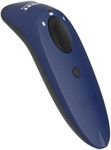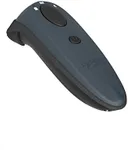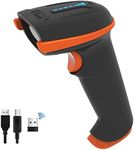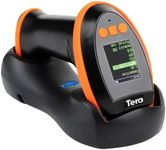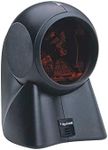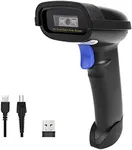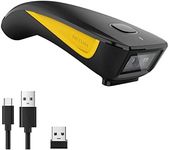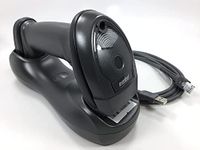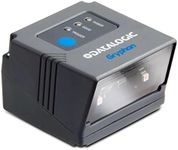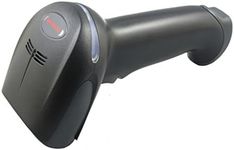Buying Guide for the Best Barcode Scanners
Choosing the right barcode scanner can make a big difference in how efficiently you manage inventory, sales, or data entry. The best scanner for you depends on where and how you plan to use it, such as in a retail store, warehouse, or office. It's important to think about the types of barcodes you'll be scanning, how often you'll use the device, and whether you need it to connect to other devices wirelessly or with a cable. Understanding the main features will help you find a scanner that fits your workflow and environment.Scan Technology (1D vs 2D)Scan technology refers to the type of barcodes a scanner can read. 1D scanners read traditional linear barcodes, which are the simple black-and-white lines you see on most products. 2D scanners can read more complex codes like QR codes and Data Matrix, which store more information. If you only need to scan standard product barcodes, a 1D scanner is usually enough. If you need to scan QR codes, tickets, or IDs, or want to future-proof your purchase, a 2D scanner is a better choice.
Connectivity (Wired vs Wireless)Connectivity describes how the scanner communicates with your computer or point-of-sale system. Wired scanners connect via USB or other cables and are reliable for stationary use, like at a checkout counter. Wireless scanners use Bluetooth or Wi-Fi, giving you freedom to move around, which is helpful in warehouses or large stores. If you need to scan items far from a computer or want more flexibility, wireless is ideal. For fixed locations, wired scanners are simple and dependable.
Form Factor (Handheld, Presentation, Fixed-Mount)Form factor is about the physical design of the scanner. Handheld scanners are held and aimed at barcodes, making them versatile for most uses. Presentation scanners sit on a counter and scan automatically when you pass a barcode in front of them, which is great for high-volume retail. Fixed-mount scanners are built into kiosks or conveyor systems for automated scanning. Choose handheld for flexibility, presentation for speed at checkout, and fixed-mount for automation.
Durability (Standard vs Rugged)Durability refers to how well the scanner can handle drops, dust, and moisture. Standard scanners are fine for offices or retail stores where the environment is clean and safe. Rugged scanners are built to survive drops, spills, and harsh conditions, making them suitable for warehouses, factories, or outdoor use. If your scanner will be used in tough environments or by many people, a rugged model is a safer bet.
Scan Speed and RangeScan speed is how quickly the scanner reads barcodes, and range is how far away it can read them. Faster and longer-range scanners are useful in busy or large spaces, like warehouses, where you need to scan quickly or from a distance. For small shops or offices, standard speed and range are usually enough. Think about how fast you need to work and how close you'll be to the barcodes when choosing.
CompatibilityCompatibility means whether the scanner works with your computer, point-of-sale system, or software. Most scanners work with common systems, but it's important to check if it supports your operating system and connects easily to your devices. If you use special software or hardware, make sure the scanner is compatible to avoid setup problems.
